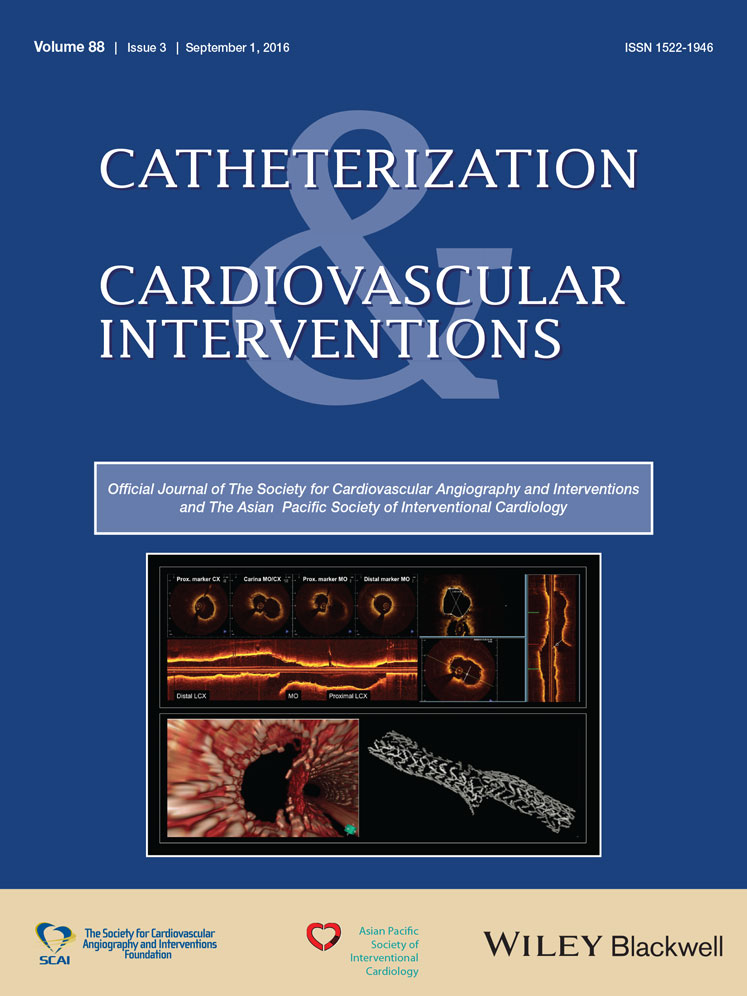Solely abluminal drug release from coronary stents could possibly improve reendothelialization
Conflict of interest: The authors Haijun Zhang, Xiangfei Wang, Shenguo Wang and Junbo Ge contributed to conception and design of the technology. They hold intellectual property rights on the technology, licensed to Rientech Inc., which manufacture stents based on the technology described in the paper. The authors Wei Deng and Egon Toft worked for analysis manuscript critically for important intellectual content.
Abstract
Objectives
To compare a new stent with an asymmetric coating, eluting the drug to the abluminal surface, to a stent with a conventional coating eluting the drug both to the luminal and the abluminal side.
Background
Stents with asymmetric coating, eluting the drug to the vessel wall (BPSES-A), could potentially give faster reendothelialization after percutaneous coronary interventions (PCI) and decrease in in-stent thrombosis and late restenosis.
Methods
BPSES-A, conventional coated stents (BPSES-C), biodegradable polymer stents without drug (BPS, for control), and bare metal stents (BMS, for control) were implanted into the coronary arteries of 38 pigs (75 stents). Pigs were sacrificed after 4, 12, and 24 weeks. Quantitative coronary angiography was used to compare in-stent late lumen loss (LLL) and electron microscopy was used to reveal levels of reendothelialization.
Results
The stents were all successfully implanted. LLL of BPSES-A, BPSES-C, BMS, and BPS were 0.56 ± 0.51, 0.60 ± 0.58, 0.89 ± 0.43, and 1.68 ± 0.30 mm, respectively, after 4 weeks. LLL of BPSES-A and BPSES-C were 0.63 ± 0.53 and 0.69 ± 0.24 mm, respectively, after 12 weeks. LLL of BPSES-A, BPSES-C, and BMS were 0.42 ± 0.15 m, 0.56 ± 0.28 mm, and 0.99 ± 0.13 mm, respectively, after 24 weeks. The scaling of reendothelialization was as follows: after 4 weeks BMS > = BPS > BPSES-A > BPSES-C, after 12 weeks BPSES-A > BPSES-C, and after 24 weeks BMS > BPSES-A > BPSES-C. Reendothelialization was better in BPSES-A than BPSES-C (P < 0.05). There was no correlation between LLL and reendothelialization (P = 0.42).
Conclusion
Asymmetric coating of coronary stents might be helpful to improve reendothelialization. © 2016 Wiley Periodicals, Inc.




